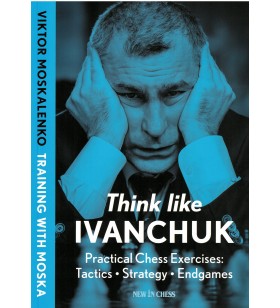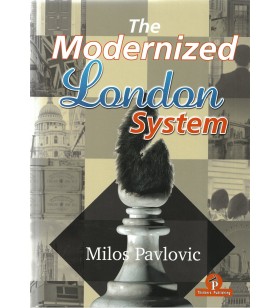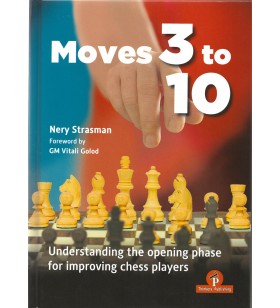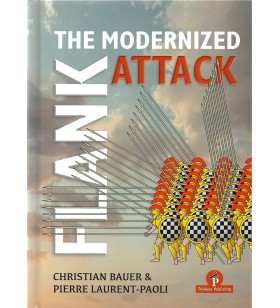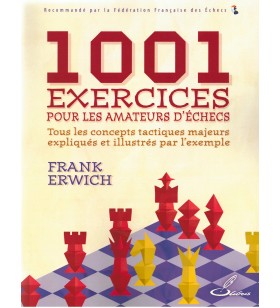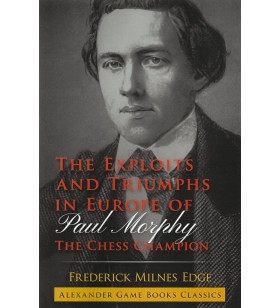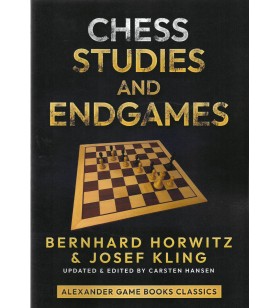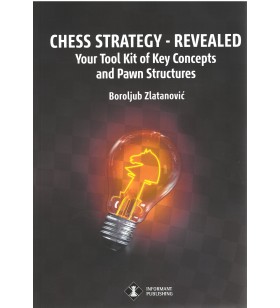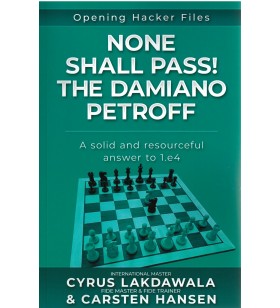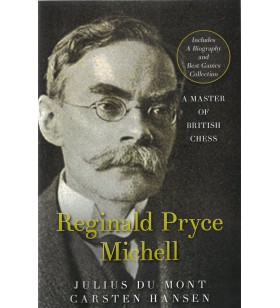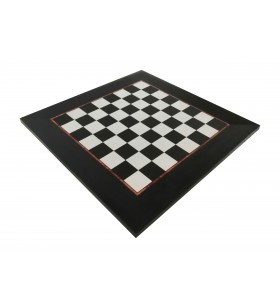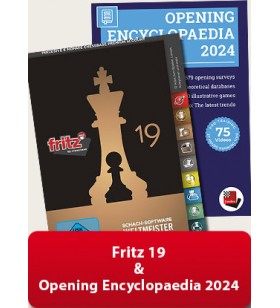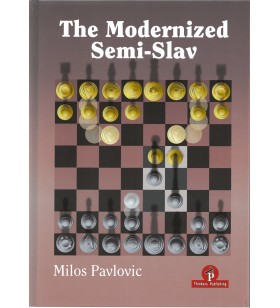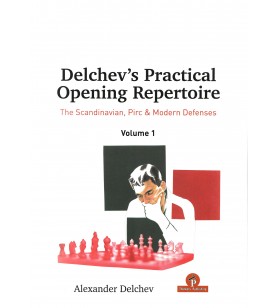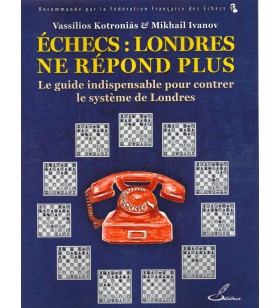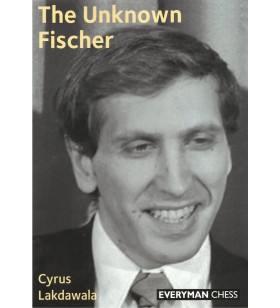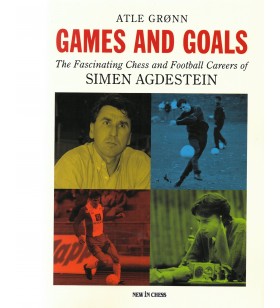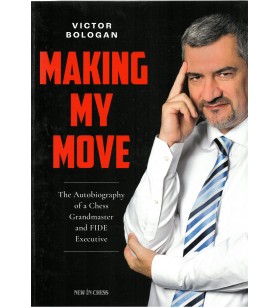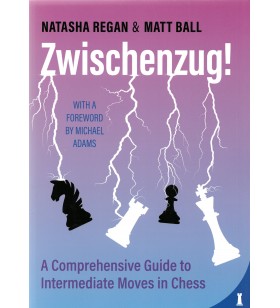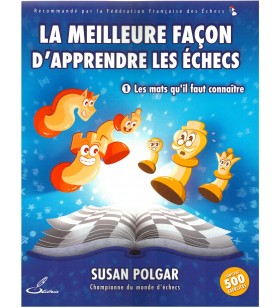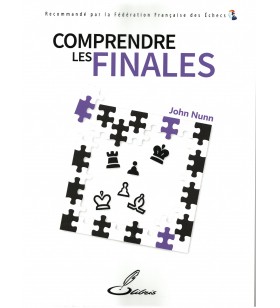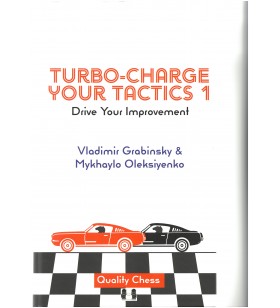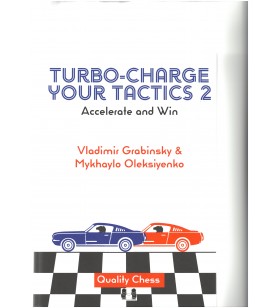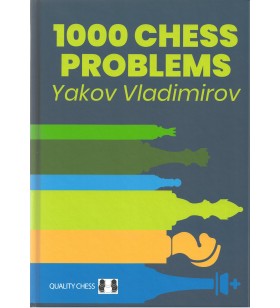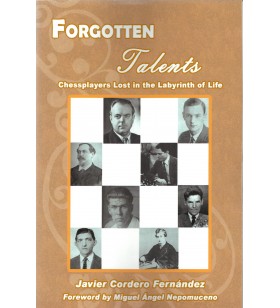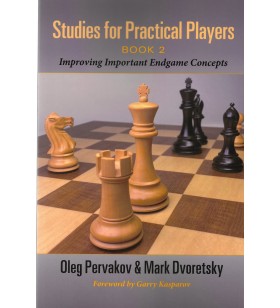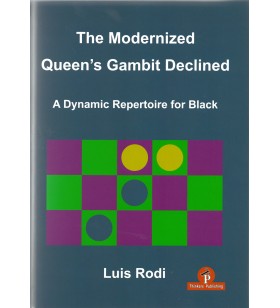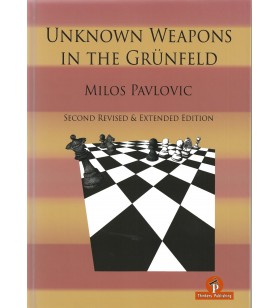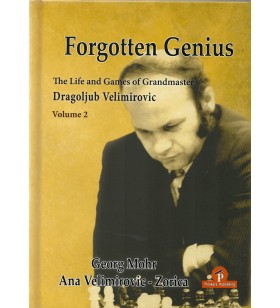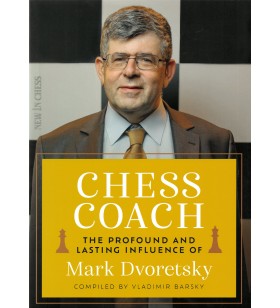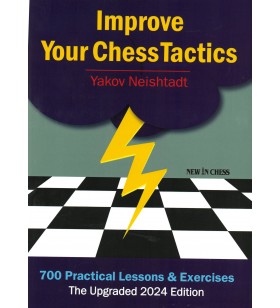Georgiev - The London against the Dutch
The book proposes a White repertoire against all variants of the Dutch in the spirit of the London System with 1.d4 f5 2.Bf4.
Georgiev also covers the tricky move orders 1.d4 e6 2.Nf3 f5 3.Bf4, 1.c4 e6 2.d4 f5 3.Nf3 Nf6 4.Nc3 Be7 (4...Bb4 5.Bd2) 5.Bf4, 1.d4 d6 2.Nf3 f5 3.Bf4 to offer a complete repertoire with Bf4.
It is in no way worse than the standard fianchetto lines, and has the huge advantage of being unexplored and barely mentioned in the books on the Dutch. The f4-bishop often proves to be White's most important and active piece, especially when he carries out the thematic break c4-c5. At the same time it defends White's castling position. In contrast to the worn-out fianchetto lines, White always has clear plans in the middlegame, which range from pawn advance on the queenside against set-ups with ...Be7, to h4, Qf3 and long castling against the Leningrad. Play is intuitive, and Black cannot easily prepare at home as the engines consistently show a fair advantage for White while top GM games are scarce. If it comes to that, they are even misleading.
On the White side we can see grandmasters as Topalov, Grischuk, Morozevich, Praggnanandhaa, Nihal, Najer, Grandelius and many others. The Bf4-System against the Dutch is not a tricky, one-game opening. It can stand deep analysis with the latest versions of Leela AI and Stockfish. That makes it perfect for a long-term repertoire.
Grandmaster Kiril Georgiev has been one of the strongest Bulgarian players for many years. He was a Junior World Champion and a bronze medalist in Europe. He has played in 15 Olympiads and also coached Bulgarian national team. His peak rating was in the world's top ten. Kiril wrote the books The Sharpest Sicilian, Squeezing the Gambits, Fighting the London System and The Modern English.
200 pages

 Français
Français Nederlands
Nederlands English
English
